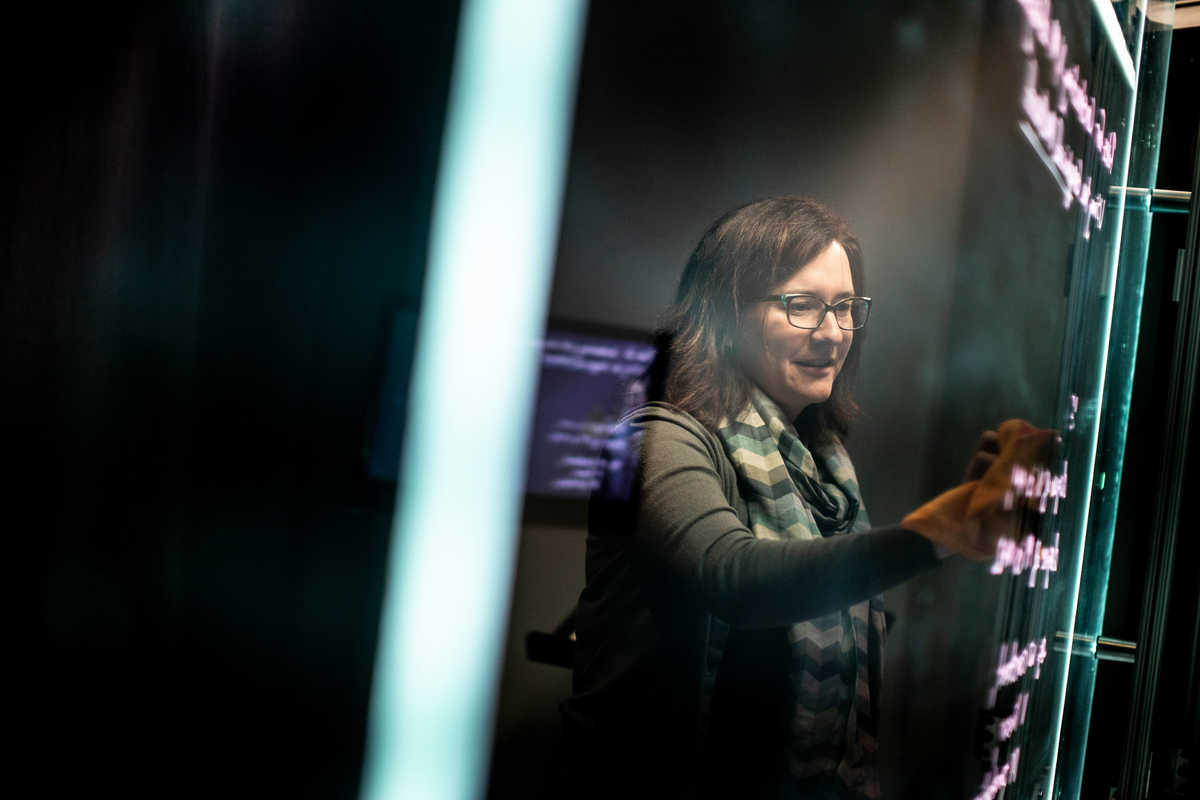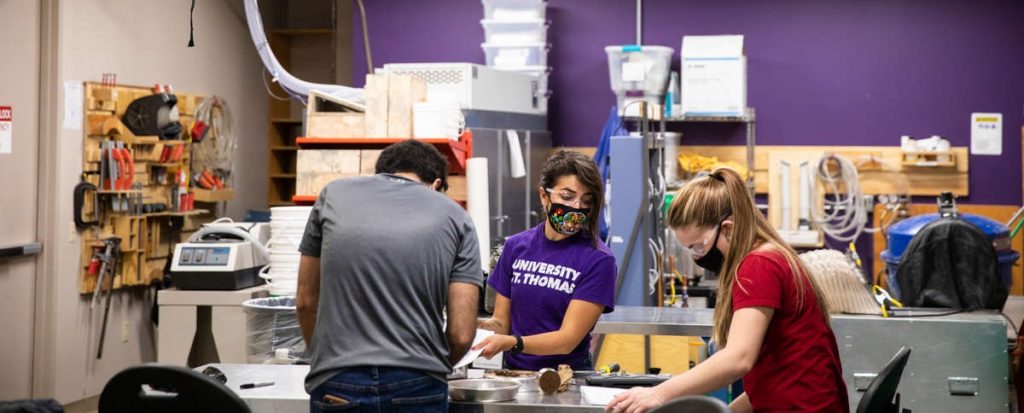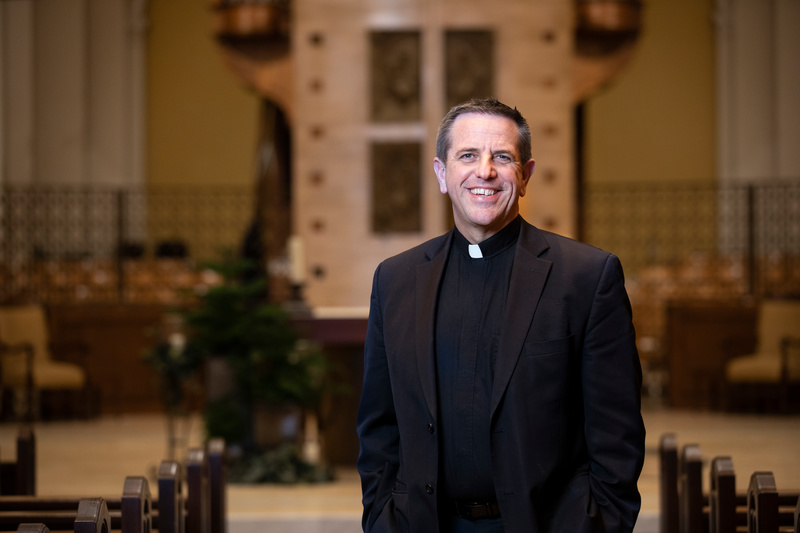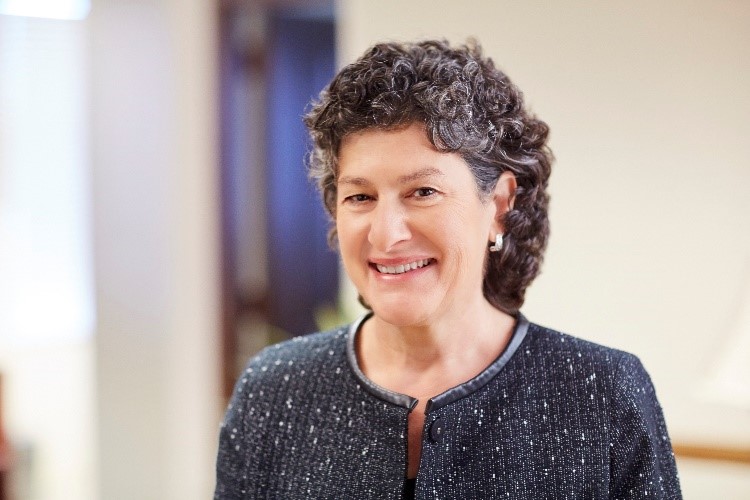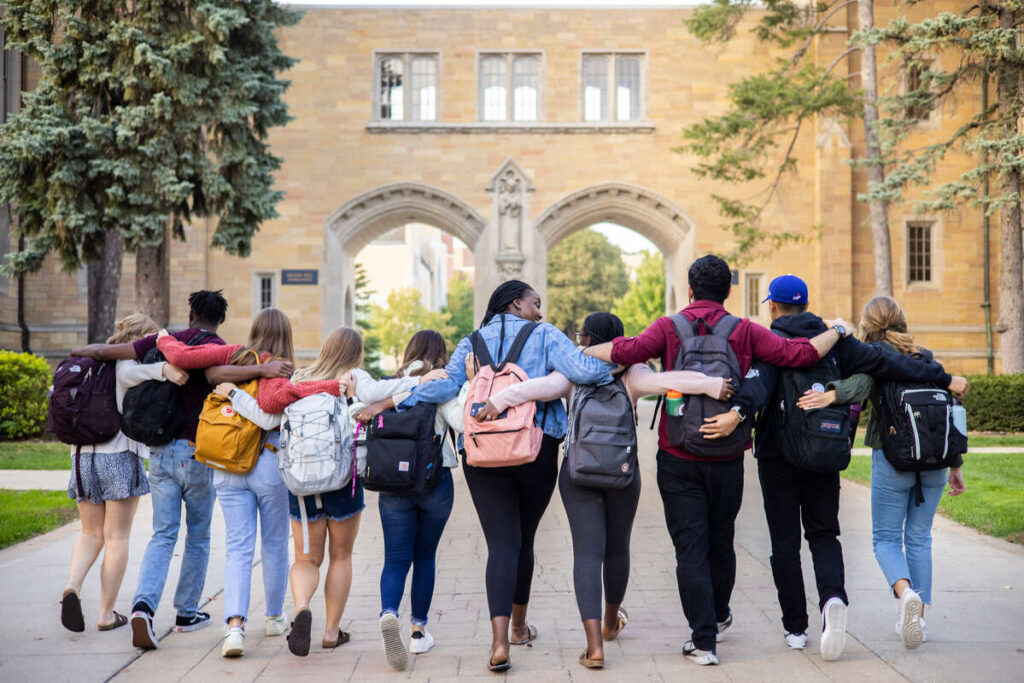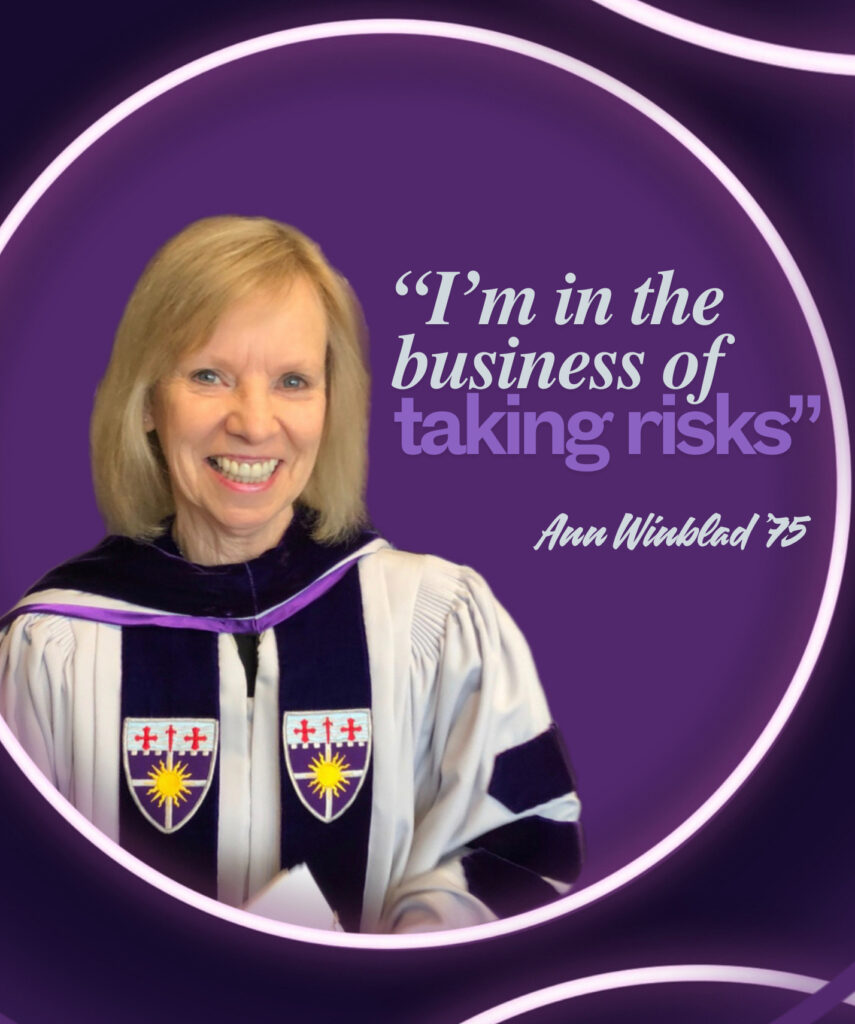Tucked away in the basement of the O'Shaughnessy-Frey Library you’ll find a very humble group. A group of technical heroes of sorts, who very well may have held the university together back in March 2020.
Two years and thousands of Zoom calls later, the team behind STELAR is finally getting a chance to catch their collective breaths. STELAR Director Lisa Burke is one of them.
“It was seven days a week, no vacations, no weekends,” Burke said. “There was so much work. Work that needed to be done.”
Dr. Glori Hinck, an instructional designer with STELAR, believes their pre-pandemic work saved them from the worst.
“I can’t even imagine what would have happened if we hadn’t been well on our way,” Hinck said.
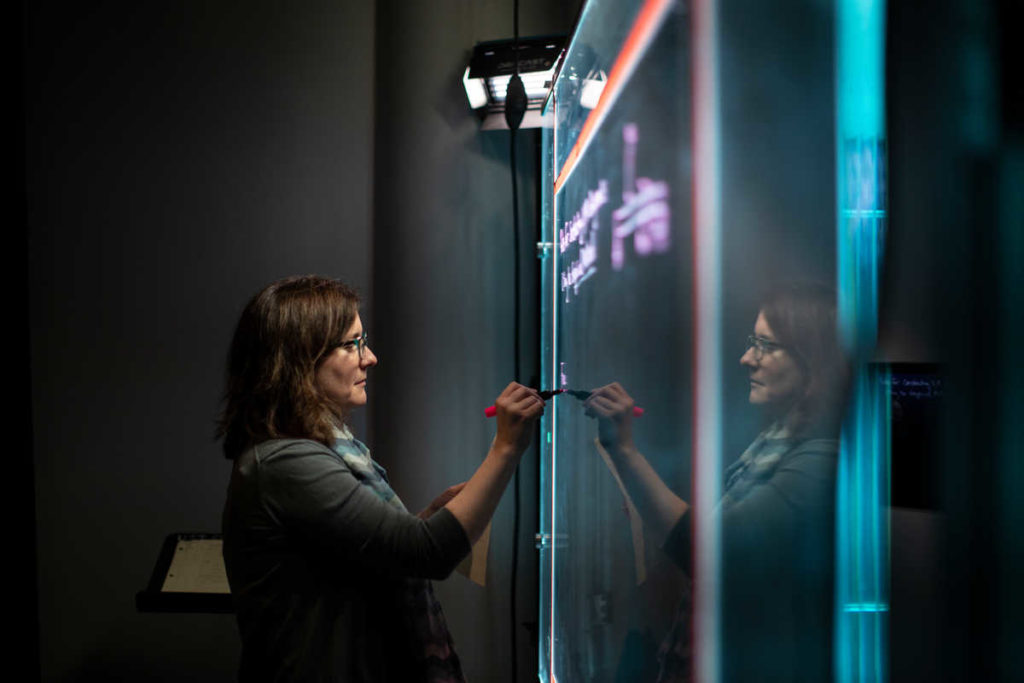
Boutique shop goes mass market
Originally intended to be a one-stop shop for faculty to learn how to better use technology and incorporate it into their classrooms, the pandemic quickly turned STELAR’s small shop vibe into a Black Friday mega sale, packed with must-have doorbusters.
“We went from being this boutique operation … to being a kind of a mass market where suddenly everybody needed to teach online,” Burke said.
More than 900 faculty were all at once searching for solutions to take their roughly 2,000 courses online. The team at STELAR didn’t blink.
“We had a good technology tool set before the pandemic, but again it was used by a small population of programs,” Burke said. “The good news? Those tools scaled up to meet the needs of the whole.”
Speeding up technology trends
Faculty learned to embrace tools to enhance their courses well beyond the basics of Canvas. From lightboards to augmented reality, the pandemic fast-tracked technology trends that had once lived on a distant horizon.
Eric Tornoe, associate director for research and high-performance computing, watched the changing winds firsthand.
“It moved the perception of XR, virtual reality as this esoteric tool of the future into something that could actually just be another teaching modality,” Tornoe said.
No longer obscure or abstract, STELAR is working to build on their success, developing a technology toolbox – informed by recent pandemic lessons – that’s more flexible and familiar to all.
“We’re turning our attention to what’s next,” Burke said. “We’re looking at virtual reality and augmented reality as a way to enhance education.”
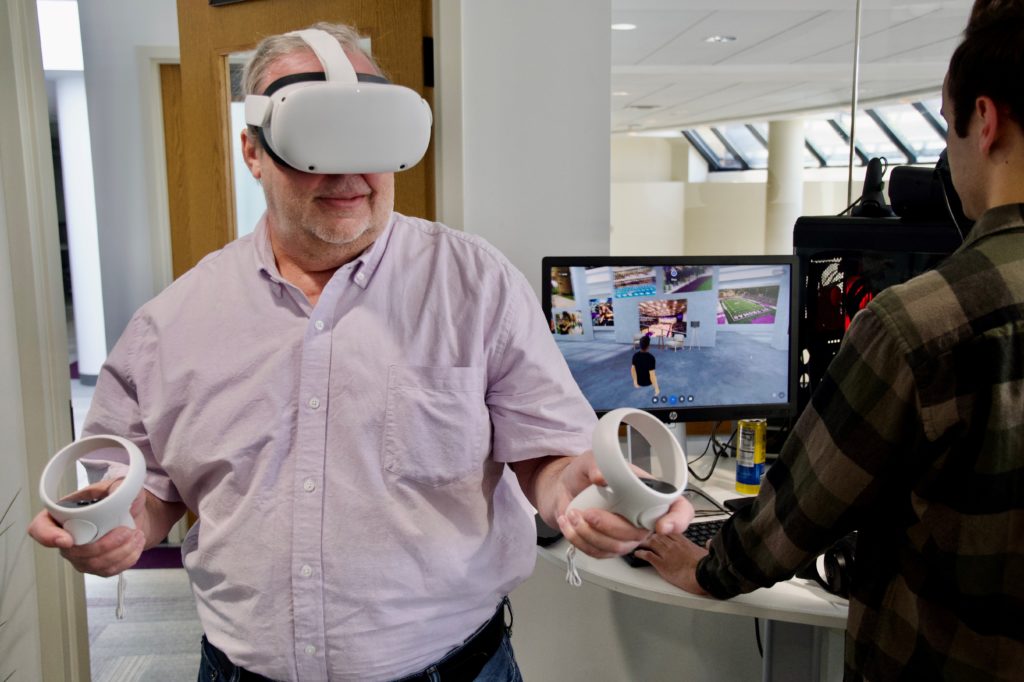
Building a piece of St. Thomas in the metaverse
Putting that mission into practice, STELAR recently brought a piece of St. Thomas into the metaverse, developing an online, interactive Campus Store. Complete with St. Thomas keychains and giant windows overlooking the upper quad, this digital representation was developed in partnership with the Opus College of Business, all with a futuristic purpose: expanding learning opportunities for students.
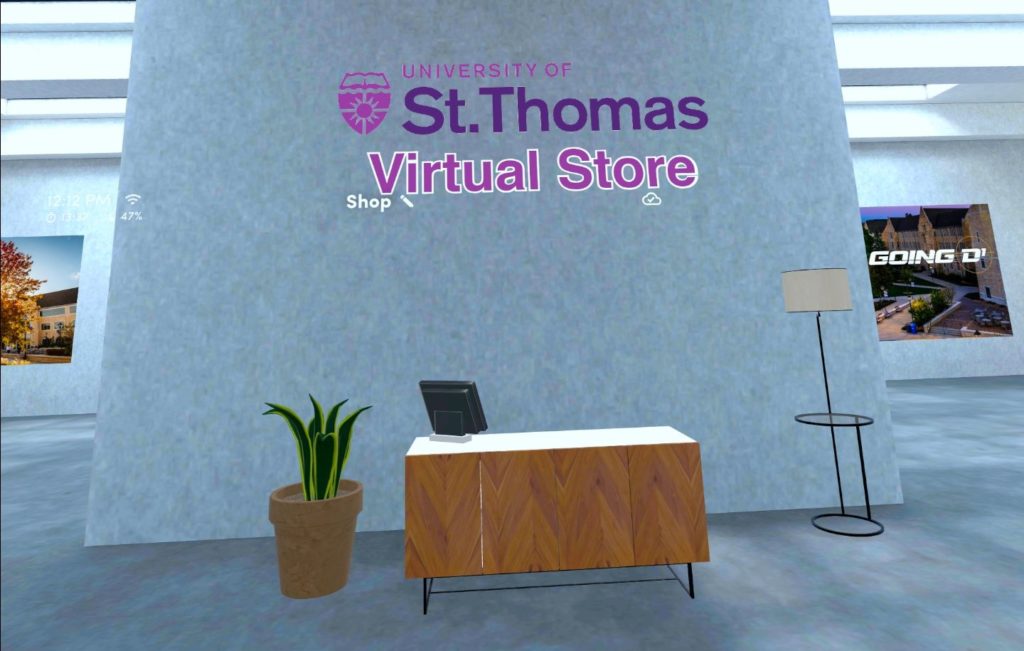
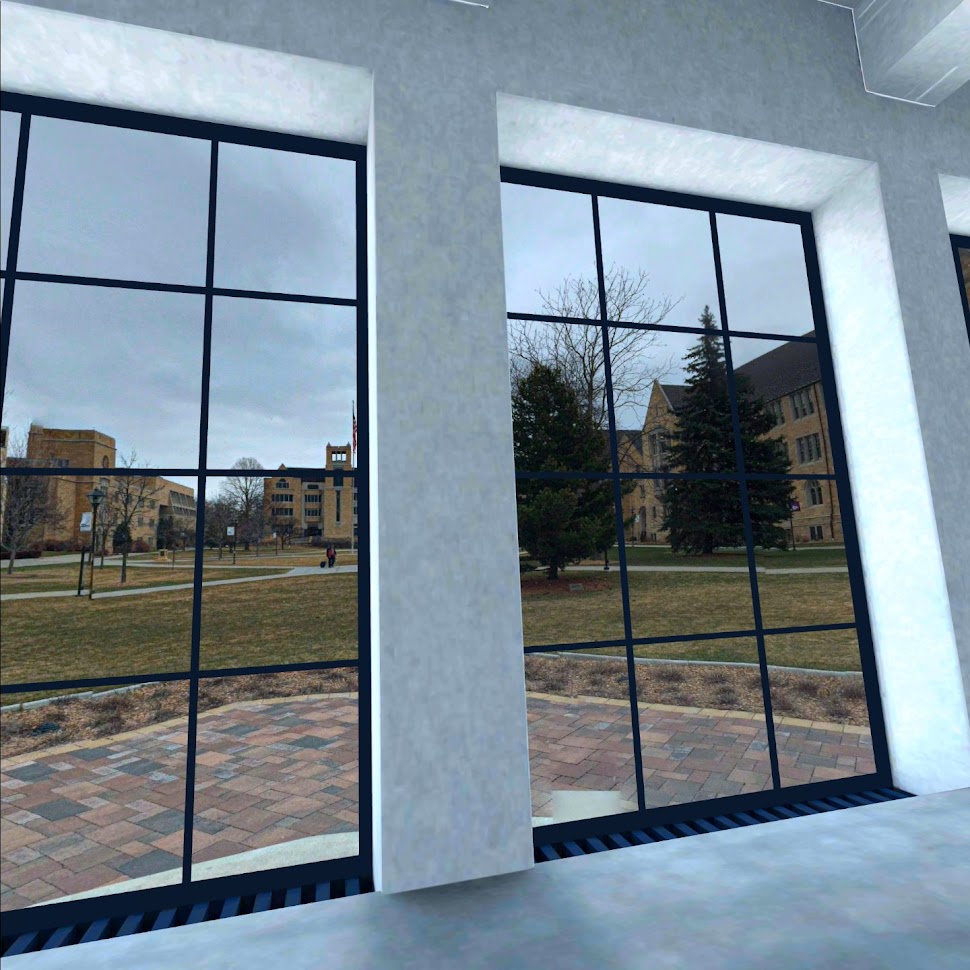

“[Leadership] really sees the need to immerse our students in the metaverse,” Burke said. “To explore what the metaverse is going to mean for students as future business leaders, and to find ways to experience this in a way that’s really safe.”
Matt Lao, a student XR lab assistant, was tasked with creating the virtual store for a presentation to the Opus Strategic Board of Advisors. He made it happen in less than a month.
“I mean it’s fun, it’s a great conversation starter,” Lao said. “VR always expands the possibilities; you could show a client a space that they can’t actually come see. You can show them a prototype of a vehicle.”
A deep dive into microcredentials
Just as VR technology has grown through the pandemic, so too, have other digital initiatives at St. Thomas. After dabbling in badges and microcredentials for years, the STELAR team is doing a much deeper dive.
“It's really an international movement,” Jo Montie, digital learning success manager, said. “We’re helping people complete smaller bits of learning and then to have a digital representation of that work that they’ve done.”
Instead of handing out an entire diploma, online badges can be awarded for taking a series of courses or completing specific training. At St. Thomas, badging grew out of a pandemic need.
“We were looking at how to further train student employees and get support to faculty,” Montie said. “It plays a huge role now in training our tutors.”
Blending the best of all worlds
No matter what strategies or technologies come out of STELAR post-pandemic, the team is grateful for a community that embraces new ways to learn, blending the best of all worlds.
“In most of our programs, faculty continue to use technology in innovative ways, but then they also have that opportunity to interact in person with students,” Burke said. “It’s about finding balance.”
Dr. Jonathan Keiser just joined STELAR as AVP for academic technology and innovation. He believes the pandemic taught us all an important lesson, that flexibility is paramount.
“We learned there’s a treasure chest of modalities that faculty and students could use,” Keiser said. “We need to do a really good job of meeting students where they’re at and supporting faculty in doing so.”
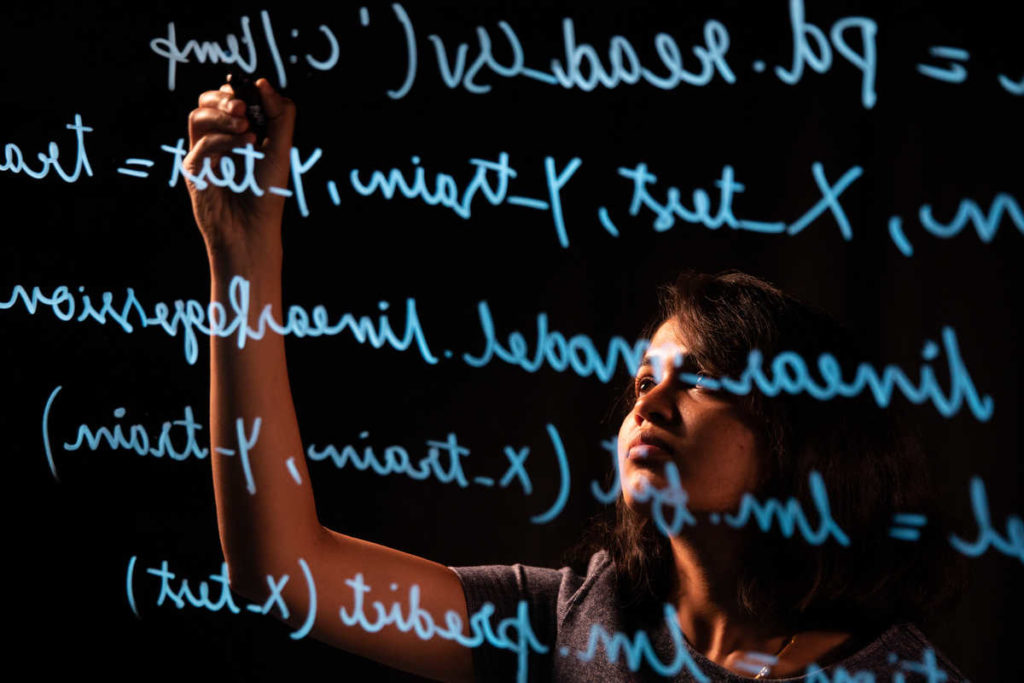
Focused on a new era of blended teaching techniques, STELAR has embraced the HyFlex model of course delivery, and they hope faculty will consider it, too. HyFlex simply stands for hybrid and flexibility. The model offers students the chance to attend classes in a traditional classroom or they can participate online, at their own pace.
In the end, it’s all about meeting students when and where they’re at, providing the engagement they need to truly succeed.
“Students need to feel engaged,” Keiser said. “They need to feel a sense of belonging, so we’re learning new tools and competencies to keep students engaged in an online environment or a blended environment.”
Returning to their innovative boutique shop
At the end of the day, STELAR is thankful things have slowed down a bit since March 2020. While they’re happy they could be of service, they’re excited to focus on innovation again, instead of surviving.
“Online learning can work really, really well, but it has to be intentional and thoughtfully designed,” said Hinck. “You can’t be an accidental online instructor. Emergency remote teaching is not the same as intentionally designed online courses and programs.”
With the Black Friday mega sale now over, it’s time to get back to their roots, selling a quality product, better prepared for the future.
“We were that little boutique before doing the deliberately planned online courses,” Hinck said. “And now? Hopefully we’re getting back to that a little more.”
